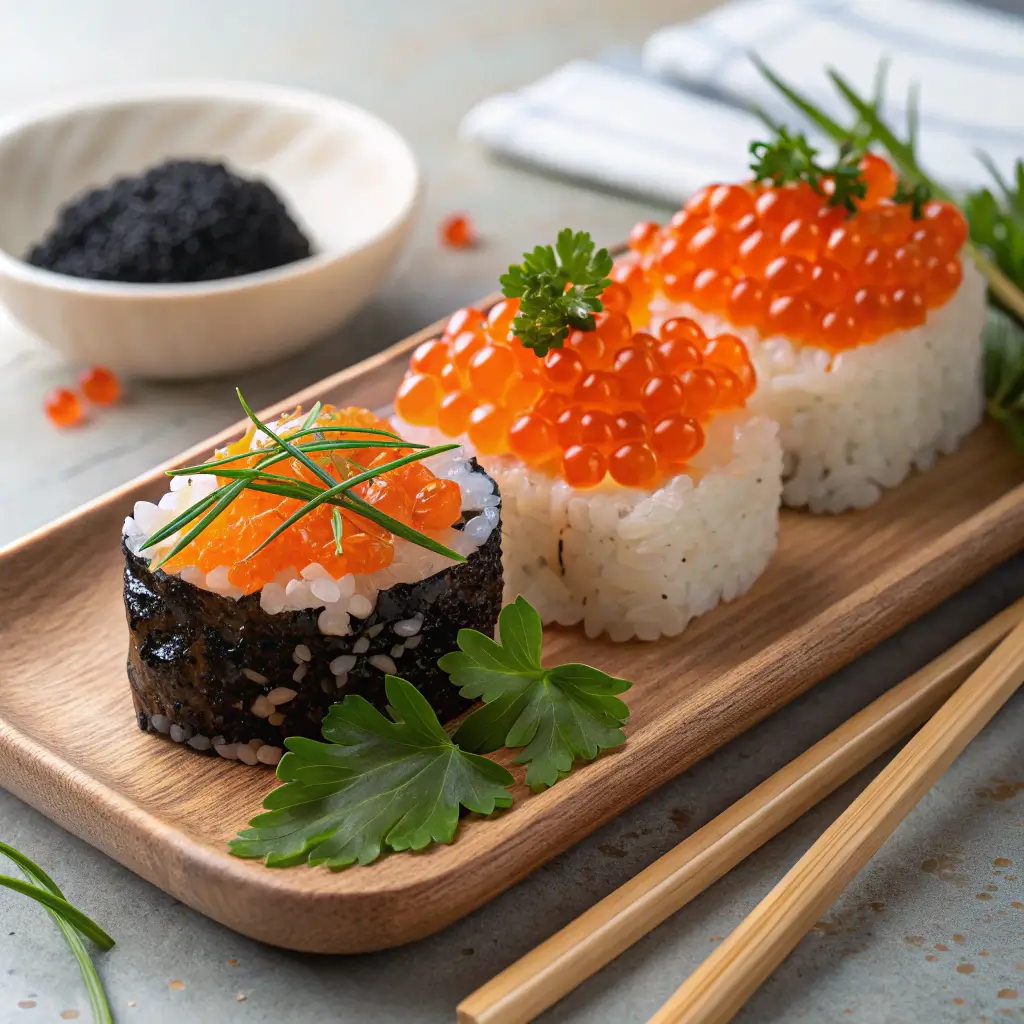In the realm of Japanese dishes, tobiko, also known as the flying fish roe, is one of the ingredients that is distinctive. The bright, orange hue and crunchy texture and distinctive flavor makes it an integral part of sushi recipes across the globe. However, tobiko is more than a mere garnish. it’s an ingredient that has interesting background and various culinary applications. This overview will go over all aspects of the process fromto what it is compared to caviar and other varieties of roe.
Table of Contents
What Is Tobiko?
Also known as flying fish roe, comes from subtropical and tropical flying fish. These small, vivid orange eggs are renowned for their slightly crisp texture and moderately salty taste. Often used in sushi rolls, sashimi, and other dishes, vibrant color and distinct flavor make it a perfect addition.
Where Does Tobiko Come From?
Flying fish, renowned for their ability to float across the water, are common in oceans with warmer temperatures all over the world.
What Makes Tobiko Special?
One of the most attractive aspects of tobiko is the crunch. In contrast to soft fish roes imparts an amazing flavor to meals, and makes every bite more thrilling. Furthermore, its vivid orange color is visually stunning, turning ordinary meals into masterpieces.
For a deeper dive into using vibrant ingredients, explore our Vietnamese Desserts guide, which showcases colorful and creative cuisine ideas.
Tobiko vs Caviar vs Ikura: Key Differences
May have some similarities with other egg types of fish like caviar and Ikura, it also has distinctive characteristics that allow it to distinct. Learning the difference between these different kinds of roe may aid you in using the eggs more effectively for your food preparation.
What Is Caviar?
Caviar refers to the roe of fish exclusively from sturgeon. Renowned for its rich, creamy texture and opulent reputation, Caviar is typically enjoyed on its own or paired with simple dishes like crackers and champagne. Eggs from caviar are significantly larger and softer, and more delicate.
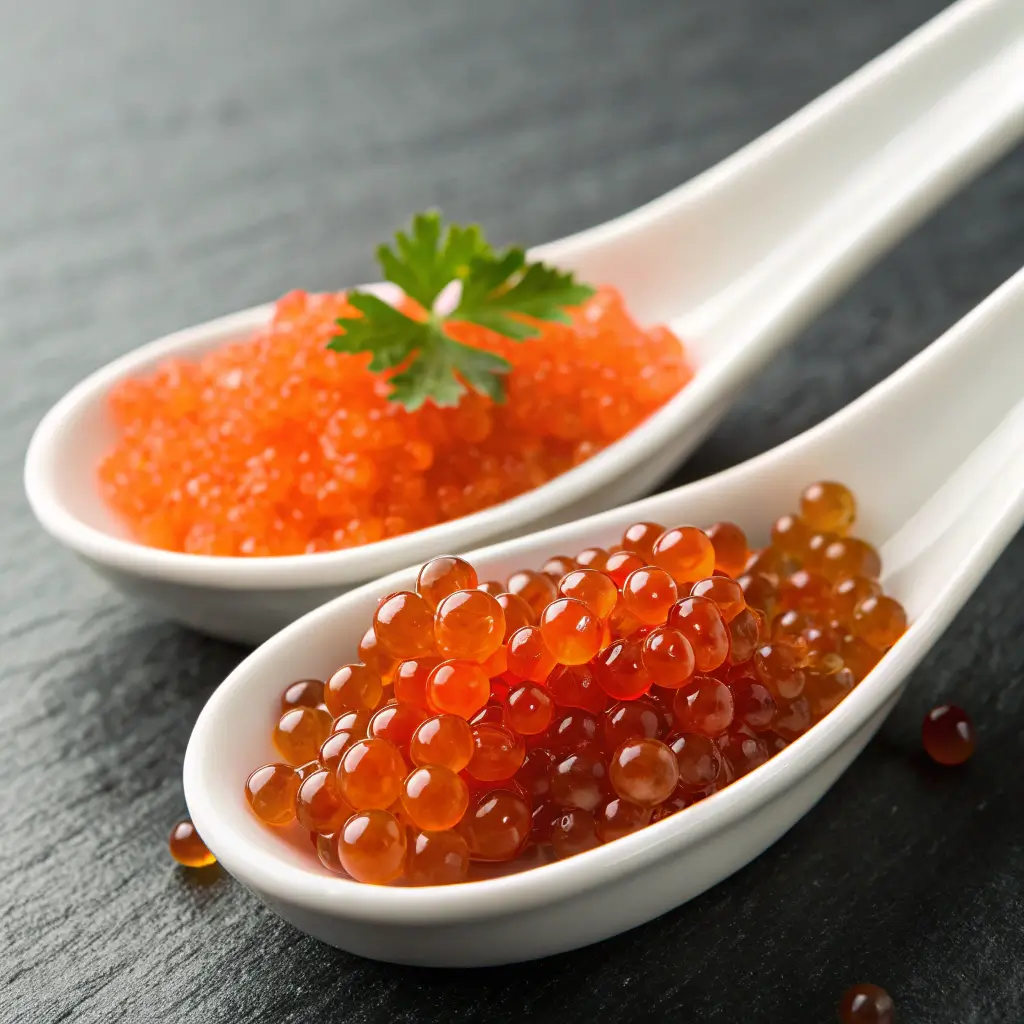
What Is Ikura?
Ikura which is also known as the salmon roe, is a famous fish egg in Japanese dishes. They are larger than those of feature a smooth, liquid-filled texture that explodes into your mouth. Their tangy, powerful flavor goes well with sushi rice and onigiri.
Comparison Table: Tobiko vs Caviar vs Ikura
| Characteristic | Tobiko | Caviar | Ikura |
|---|---|---|---|
| Source | Flying fish | Sturgeon | Salmon |
| Size | Small (1mm) | Medium (2-4mm) | Large (5-8mm) |
| Texture | Crunchy | Smooth | Juicy |
| Flavor | Sweet, salty | Nutty, briny | Bold, briny |
| Price | Affordable | Expensive | Moderate |
Uses in Cooking
- Caviar is typically enjoyed on its own during special occasions or events.
- Ikura pairs well with rice bowls or works perfectly as sashimi.
- Serves as a common ingredient in sushi or as a flavorful garnish.
Nutritional and Flavor Profile of Tobiko
Is more than just delicious; it’s also loaded with vitamins. It is a great source of proteins, omega-3 fatty acids, and essential vitamins, which makes it a nutritious addition to meals.
Nutritional Benefits
1. Low in calories:Ideal for people who are watching their calories intake.
2. High in Protein helps to repair muscle and development.
3. Omega-3 Fatty Acids beneficial for heart and mental overall health.
4. Vitamin B12 Aids in the production of energy and the formation of red blood cells.
Pro Tip: For protein-rich recipes, try our High-Protein Vegan Breakfast ideas. while not vegan, you could look at other sources of protein to complement the meals you prepare.
Flavor Highlights
Offers a well-balanced flavor profiling. It’s a little sweet but moderately salty and offers a slight smokey undertone. The crunchiness adds pleasing bite to whatever food it is served with.
Did You Know? taste is customizable. For instance, wasabi-infused is spicy, as well as yuzu-infused for the tang of citrus.
How to Use Tobiko in Cooking
Can be used in a variety of ways. It doesn’t matter if you’re making sushi traditional or trying out fusion cuisines its vibrant color and distinct texture make it a distinctive ingredient.
Popular Dishes
- California Rolls Made with Tobiko: A traditional sushi roll topped for extra crunch and flavor.
2. Poke BowlsAn Hawaiian-inspired meal that includes freshly-cooked tuna, rice and tobiko as garnish.
3. Seafood Pasta made with Tobiko Creamy pasta with a delicious variation.
Ingredient Preparation Guide
| Ingredient | Amount | Notes |
|---|---|---|
| Tobiko | 100g | Available in multiple flavors. |
| Sushi Rice | 1 cup | Perfect for sushi rolls. |
| Rice Vinegar | 1 tsp | Adds tanginess to the rice. |
| Fresh Tuna | 200g | Sashimi-grade is best. |
| Avocado | 1 | Adds creaminess and balance. |
Cooking Tip: For an elevated meal, consider pairing tobiko with recipes like our Marry Me Chicken Pasta. The silky pasta looks stunning with the crunchy .
Enhanced Foods by incorporating Tobiko
Is a great garnish. It can be incorporated into sauces, dips or spreads. As an example, mixing mayonnaise can create a tasty garnish for seafood dishes.
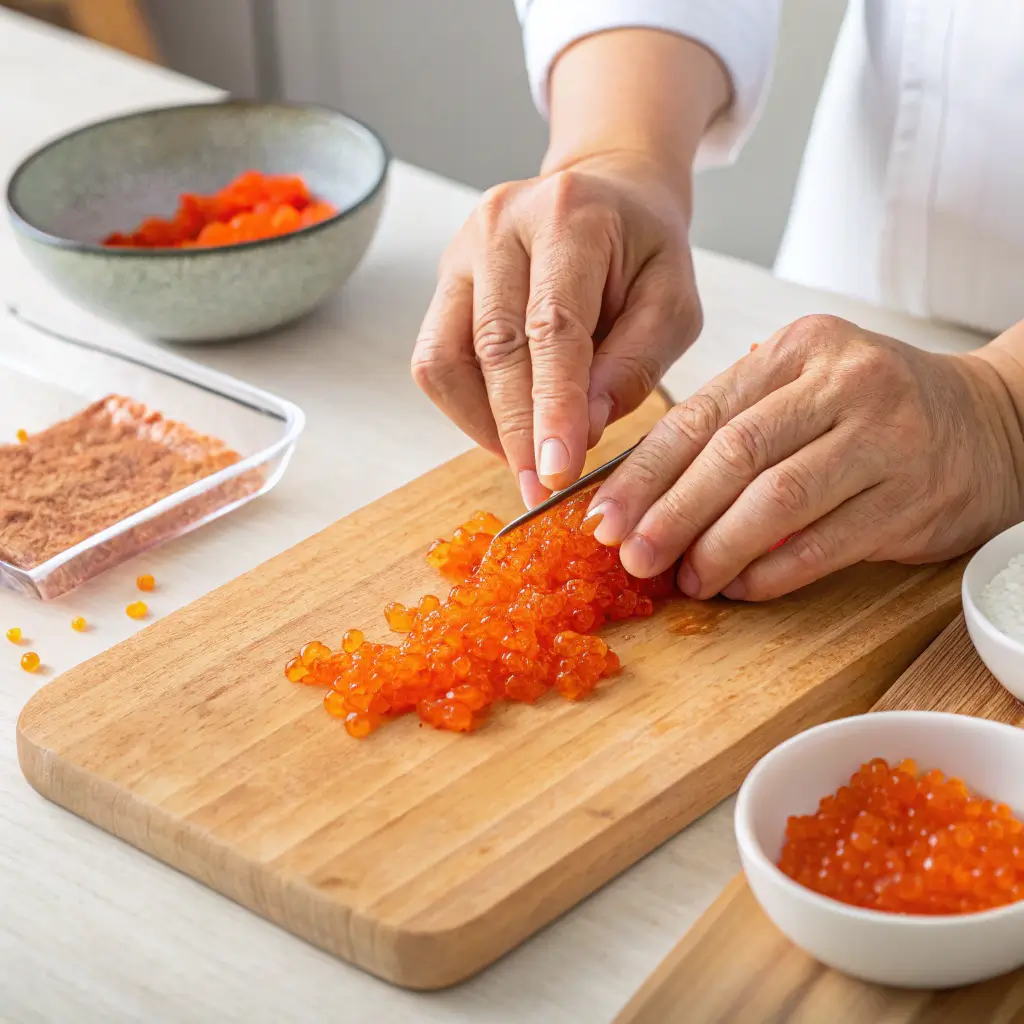
Creative Recipes Featuring Tobiko
Tobiko’s distinctive texture and taste make it a flexible ingredient that is able to elevate the flavor of many meals. It doesn’t matter if you love traditional Japanese dishes or explore fusion dishes There’s a dish with tobiko suitable for everyone’s palate. Here are some inventive ways to include tobiko in your dishes.
Classic Sushi Rolls
California sushi rolls for instance typically have the layer on the outside of the roll, giving it an icy texture and an added splash of hue. To make a striking sushi platter, you can use flavor-infused like wasabi-infused to create a green color or yuzu-infused to give a touch of citrus.
Pasta
The creamy seafood pasta sprinkled with provides an elegant, yet easy dinner alternative. Roe provides a splash in saltiness and crunch to balance the creamy sauce.
Canapes
As an appetizer, may be served together with cream cheese and Dill. Spread it on crudites or crostini and decorated with fresh herbs. It’s a classy appetizer that is bite-sized and suitable for dinner parties and gatherings.
image 4
Mixing with desserts
While it’s mostly utilized in meals that are savory, can also be an interesting ingredient in desserts. Its subtle saltiness pairs well with sweet tastes to create a distinctive harmony.
Ice Cream
Combining with vanilla – or yuzu-flavored the ice cream creates delicious dessert. The smooth texture of frozen ice cream stands out beautifully against the tobiko’s crunchy texture, delivering unanticipated flavour.
Creative Cake Toppings
If you’re interested in trying new things, you might want to consider using the ingredient on cakes that are sweet and savory. As an example, a cake made of avocado mousse topped is an attractive and tasty variation. For additional dessert options look up our article to the Heart Cake Design Strategies.
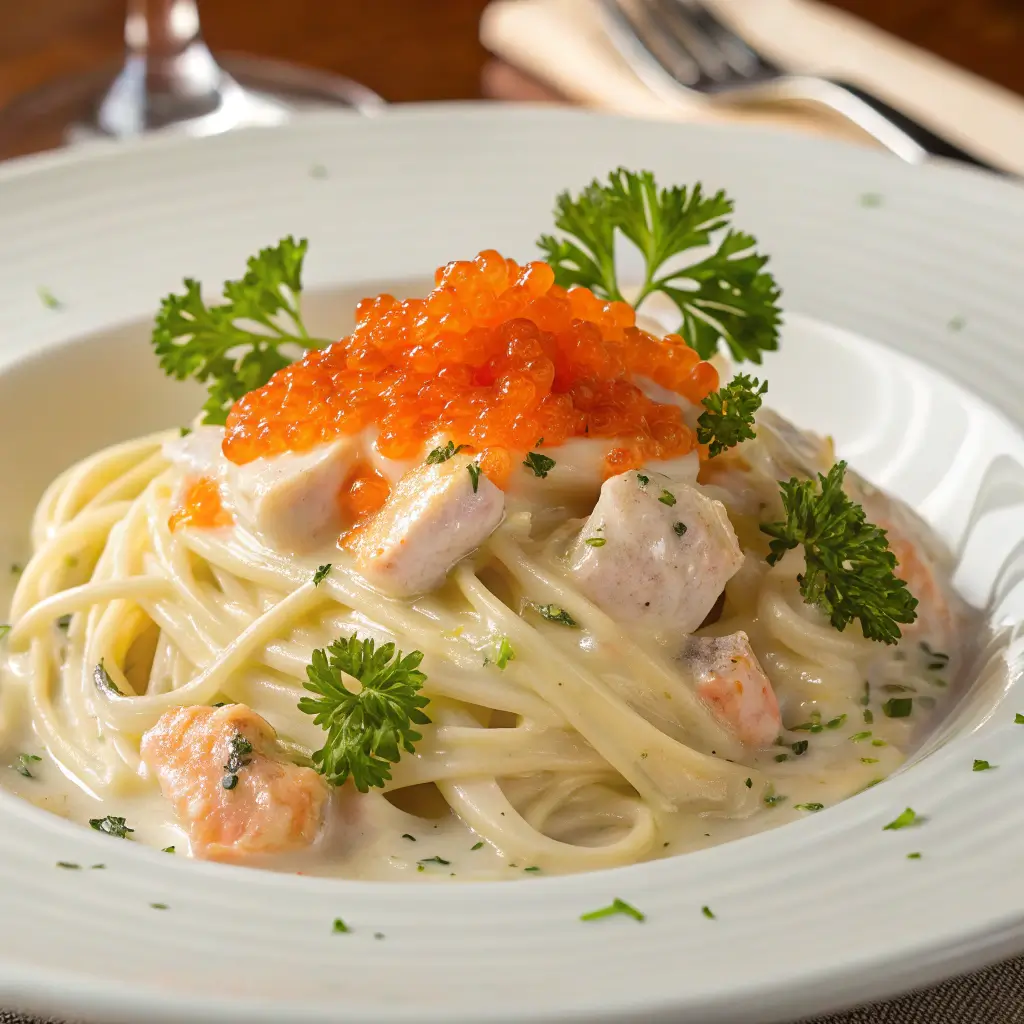
FAQs
In order to provide an understanding of the ingredient the ingredient, we’ve collected answers to the most frequently-asked concerns about the ingredient.
What Is Tobiko?
Refers to the roe which is also known as eggs, from flying fish. The tiny eggs are frequently utilized in poke, sushi bowls and other food items. Their vivid color and distinctive texture makes these eggs popular among those who eat Japanese dishes.
What Makes Tobiko different from Caviar?
In comparison to. caviar is an often-used contrast, but they have distinct, is a fly fish product and is a chewy feel, while caviar comes made from Sturgeon and is more soft and more creamy. In addition, caviar is considered to be a premium item and can be significantly more costly.
Is it Healthy?
Loaded with omega-3 fatty acids and Vitamins like B12. It’s also low in calories and fats, making it an excellent selection for most eating habits.
What Does Taste Like?
Offers a slightly sweet and salty taste that is smoky with a slight hint. The texture is crunchy offering a refreshing contrast to soft foods such as rice and fish.
Can Be Cooked?
Although Tobiko is most delicious raw, such as in sushi or salads, it is also used as a garnish in prepared dishes. However, cooking it alters its texture and flavor, making it generally not recommended.
Where Can I Buy ?
Readily available at most Asian food stores. It is usually it is sold frozen, to ensure the freshness. It is best to buy it from a reputable supplier to guarantee the highest quality.
How Long Does Tobiko Last?
When it is opened, we needs to be consumed within one time of a. Keep it in an airtight container within the chilly part in your fridge, to increase the shelf-life.
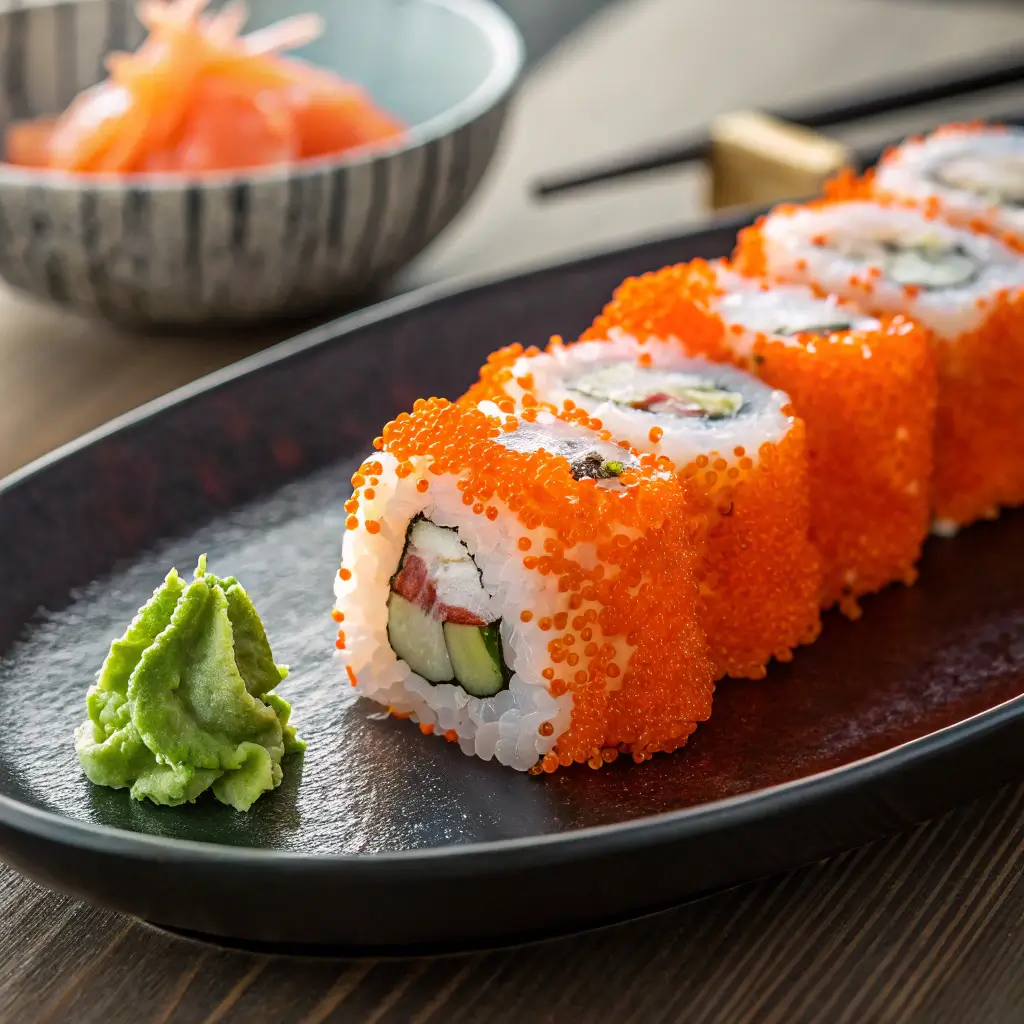
Pro Tips to Work in conjunction with Tobiko
Here are some helpful tips to maximize the benefits from this unique food ingredient.
- Utilize Tobiko sparingly: A little goes quite a ways. The flavor of is strong It is a little bit will add flavor to a dish, without overwhelming the flavor.
- Mix It With Creamy ingredients: Ingredients like avocado cream cheese and mayonnaise compliment tobiko’s crispy texture and the salty taste.
- Try experimenting with different variations: flavored options, such as those infused with wasabi or yuzu, can add exciting new flavors to your meals.
If you’re looking for more inspiration, consider the ways can change an item by transforming it vintage heart cake ideas.
! (Image 6: Plateholder) An exquisitely served dish that features the tobiko variety, infused with wasabi. green tobiko and the black infused with squid.
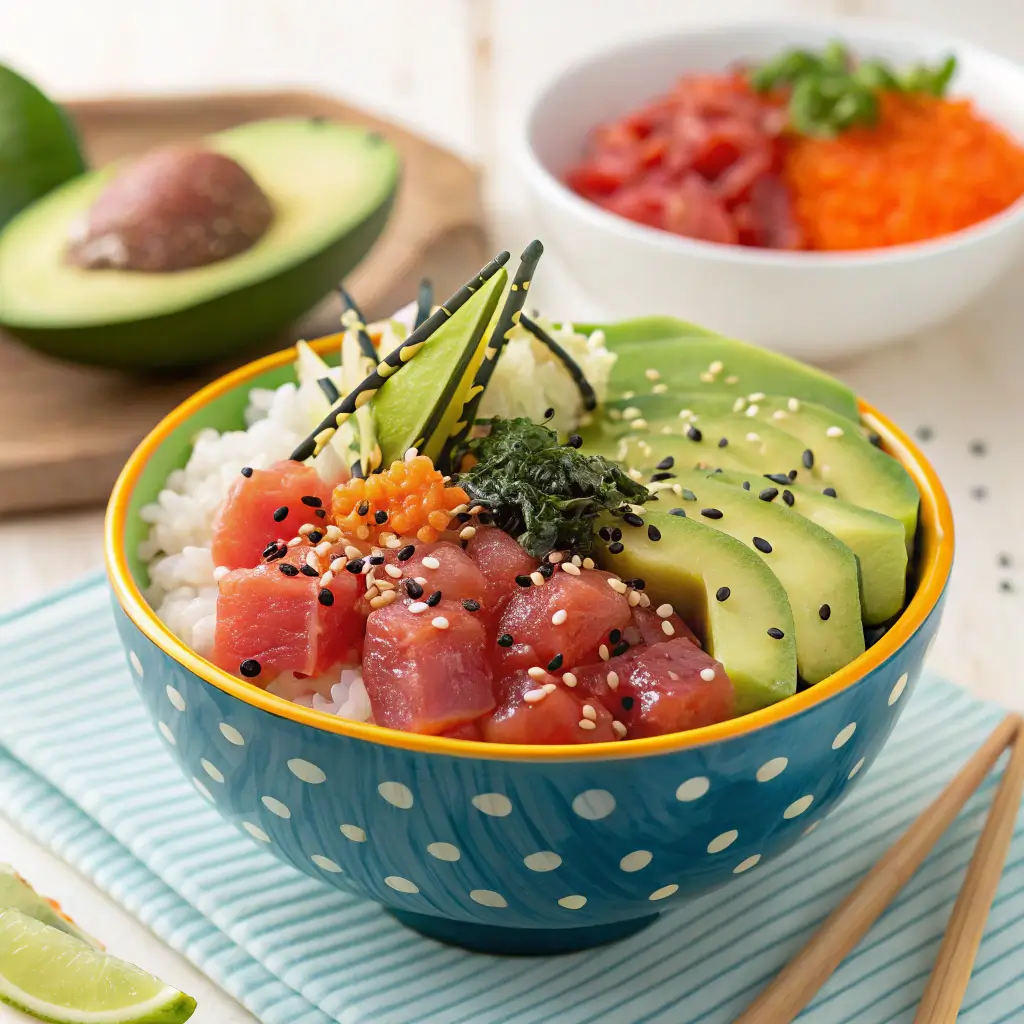
Conclusion
Is an incredibly multi-faceted and visually appealing ingredient that provides a blast of flavour and taste to a vast range of meals. From sushi rolls that are traditional to delicious desserts, this fly fish roe is a memorable flavor to your dish. When you incorporate in your food preparation, you’ll enhance your dishes and satisfy your palate with its distinct crunch and flavour.
When you’re cooking a refined dish, trying new the fusion of recipes or adding flavor to an old-fashioned recipe, offers endless options. If you’re trying to impress guests your guests at dinner Don’t be afraid to let this delicious ingredient shine.
